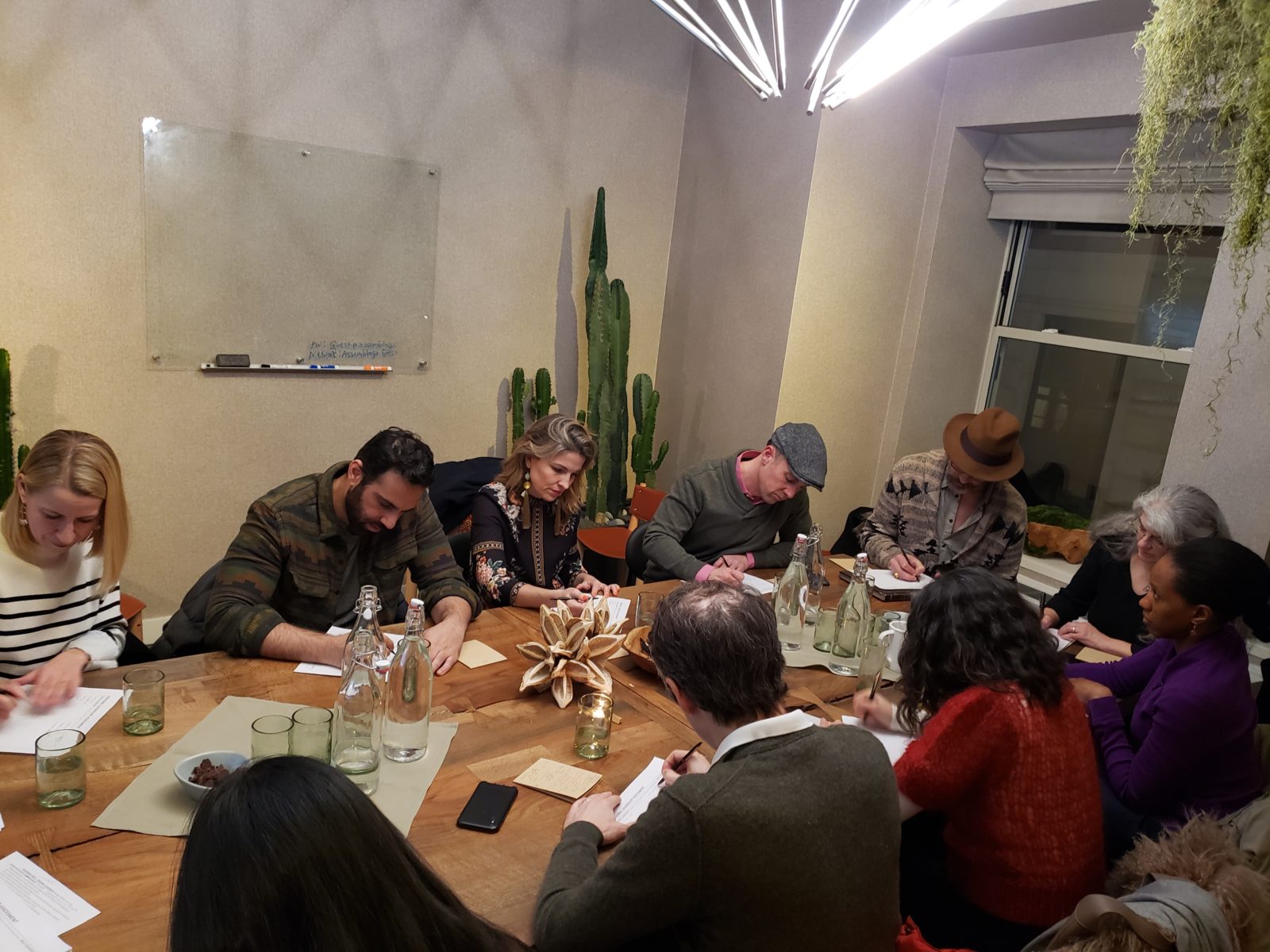Have you ever talked with others about your leadership? Specifically, what should leadership look like for you and your organization? If not, I recommend exploring this question to get some valuable insights. During leadership events I facilitate and through my work with companies, founders and executives, I regularly discuss what leadership can and should be. I have found these conversations reveal fascinating aspects of how we work and can provide powerful perspective on an organizations ability to grow.
IN PURSUIT OF GREAT LEADERSHIP
The best leadership dialogues reveal what we value and how we aspire to greatness. Many people are quite passionate that good leadership which implies mere competence, rather than excellence is not enough.
Great leaders have many qualities, though what is valued typically reflects the individuals gathered and their unique backgrounds (industries, job functions and roles, age, gender, company size, preferences). Leadership values are often a function of the group gathered.
Participants in our recent Leadership Circle at The Assemblage here reflect on what they consider good and bad leadership qualities.

How we understand and reconcile these different perspectives is worth considering in today’s complex environment. It seems like an appropriate time to revisit traditional leadership models and organizational structures that have allowed harmful behaviors to be tolerated. Powerful discussions that create positive change are possible when there is a safe space to explore this complex subject. What matters most is asking the right questions…

WHAT DOES LEADERSHIP MEAN TO YOU PERSONALLY?
Here are some of the qualities that this group considered great/effective and bad leadership.
A senior executive I met recently was passed over for a promotion. The feedback? She wasn’t aggressive enough, though she had successfully contributed to the business for years, cultivated talent through strong team relationships, had low turnover and produced consistently high results. Sadly her ability to motivate people to do great work was not valued by her company. Cultures that emphasize results often have an implicit model for what that looks like (ie, being tough or directive, rather than nice and consultative),. Collaborative work styles may be considered too passive and judged critically or considered “ineffective”. Environments like this are bad news for introverts and worse news for those organizations undervaluing camaraderie and teamwork is not conducive to innovation.
I had a similar experience early in my career, when a manager considered my relationships with the technology department to be too collegial and not demanding enough. My boss expected other departments to deliver products to us, whereas I thought we all worked on the same team at the same company together. Clearly different values. Many cultures reward individual performers at the expense of teams, pit departments against each other and focus on results without thoughtful processes, and many are profitable successful businesses. Yet they are also toxic, unhealthy places to work high turnover, low morale, nasty politics and lots of managing up, often at the expense of actual progress. Not to mention the stress and human fallout from layoffs and reorganizations. This way of operating can and often does produce outcomes, but at what cost?
We all need to work, but the most talented people will choose where and how they work. High performers select companies that value their contributions, enabling them to do great work. A startup founder who attended a recent workshop told me they had revisited a potential co-founder relationship upon discovering their leadership values were not in alignment and could potentially create conflict down the line. Better to know that information sooner, rather than later, and uncover how different leadership styles can impact your business operations. Often we don’t consciously realize or acknowledge how disruptive this can be because we are not looking at the impact.
HOW CAN ORGANIZATIONS MAKE THEIR VALUES MORE EXPLICIT?
This points to another important question, what does your organization value? Do you choose short-term profits at the expense of long-term growth? Are power and control more important than innovation and collaboration? Can your organization tolerate, or better yet, encourage and embrace differences of opinion and style?
WHAT STYLE OF LEADERSHIP ARE YOU PRIORITIZING? WHY?
Have you explored the impact your organization’s preferred style has on efficiency, effectiveness and morale? Are you creating explicit or implicit biases towards particular operating approaches? Does every situation need a hammer when a screwdriver, pliers or paint and spackle might get the job done better? Â Are managers allowed and encouraged to use their strengths? Are leaders trained to adjust their styles to the circumstances at hand? High growth organizations and leaders are resilient and adaptable, thriving because they are willing to learn and support multiple approaches to achieve desired outcomes.
Consider how one primary operating style might impact those with different styles. Different job functions often demand distinct skill sets, for instance salespeople have different expertise from those in operations or technology. Demanding everyone to replicate a particular work style is shortsighted and ineffective. Are we recognizing our audience and their unique needs?
Perhaps you’ve heard the Steve Jobs anecdote, where he demands the iPhone team make the phone smaller after pointing to air bubbles coming out of the prototype he threw in water. Or when Elon Musk pushed the Tesla team to introduce hidden door handles and deliver under unrealistic deadlines. Both are visionary leaders who pushed their teams to achieve unimaginable results breaking new barriers, creating innovative products and changing the world. And they also left a trail of wreckage and pain from people they treated badly, among other outcomes. Are they the model of great leadership that we should aspire to? Are ambitious and aggressive growth targets motivating or an excuse for big egos to wield power and impose their will on others? No judgement here, just pointing out the obvious.
How can we reconcile both and where does the truth lie? It’s complicated. This is where the power of conversation and conversations about power and leadership come in. How can we more consciously choose how we want to lead? Can we create time and space to evaluate how we are doing?
I know, we’re busy producing results a byproduct of our profit-oriented Get Sh*t Done culture. How can we discuss these issues more regularly talking within our organizations, and our relationships in general, about what we value and how we choose to treat each other? Are we talking about what’s really going on in our businesses? If not, why not? What are we avoiding and ignoring that we actually can’t afford to pretend isn’t happening?
MY INVITATION TO YOU CREATE WORK ENVIRONMENTS AND FIND WORK WHERE YOU FEEL VALUED, MOTIVATED AND INSPIRED TO GREATNESS!
How would that feel? What might you actually accomplish in the right culture, where you could bring all your talents and change the world? I want to see that happen. Want to explore what leadership means to you? Join the conversation at my next Leadership Circle at The Assemblage or reach out to connect. I would be interested in hearing what leadership means to you.



